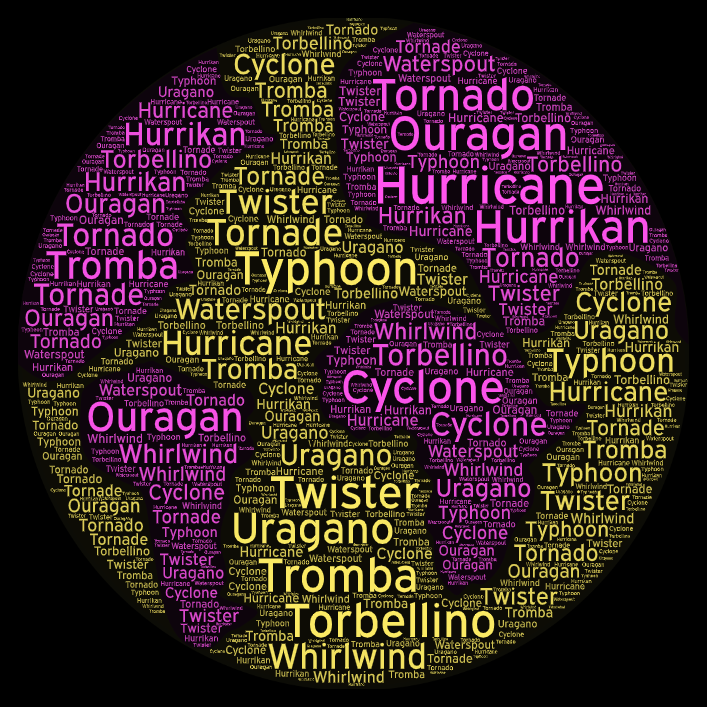
Can a butterfly in Chicago cause a tornado in Hong Kong? A metaphorical concept called the “butterfly effect” describes the sensitivity of a system to minor changes. The use of this concept has grown significantly in many technical fields, such as information technology and computer science. Amer Hamad Issa Abukhalaf, FIBER Ph.D. candidate and Dr. Jason von Meding wondered if it was applicable to emergency communications. As part of a new study, we interviewed bilingual migrants in Florida. Looking at data from 10 languages, we noticed how minor deviations in translation can cause significant differences in understanding. Such misunderstandings can have catastrophic consequences.
Clear language is essential in emergency communication. Being able to distribute disaster information can be a matter of life or death. We’ve seen how migrant communities are often hit harder than others by disasters, such as in Hurricane Katrina, when many failed to evacuate in part because storm warnings were broadcast mainly in English. Many migrants to the U.S. do not arrive with a clear understanding of basic hazard terms in English, such as “hurricane” and “tornado,” that are used by local weather channels and in emergency communications. This is a simmering public health issue, with clear implications for migrant communities. This kind of failure in emergency communication can be described as disaster linguicism – language-based discrimination that minorities can face during disasters.
Our data demonstrate the importance of careful attention to language choices in emergency communications. The gaps that we have observed can cause linguistic minorities to confuse one natural hazard with another, quite possibly leading to the wrong preventive measures. Writing and translating emergency communications with cultural sensitivity can avoid some of these disadvantages and the potential for unintentional harm. Beyond overcoming translation barriers, there are opportunities to promote inclusive disaster preparedness that doesn’t leave anyone behind. Emergency communication should be tailored to the needs of local communities. This can happen only when a strategy for action is created collaboratively with the community and is actually followed.
In the U.S., 67 million people speak a foreign language in their homes. Communicating in different languages and understanding the original cultural context might sound like a lot of work, but local communities can and do help support such initiatives. The institutions that we rely on for emergency communication are increasingly adopting a position toward justice, equity, diversity and inclusion. Now, the opportunity to support communities through linguistic inclusion can make an important contribution to broader public health efforts.
**Original Article: https://theconversation.com/losing-cultural-context-in-emergency-communication-can-be-a-matter-of-life-and-death-156173